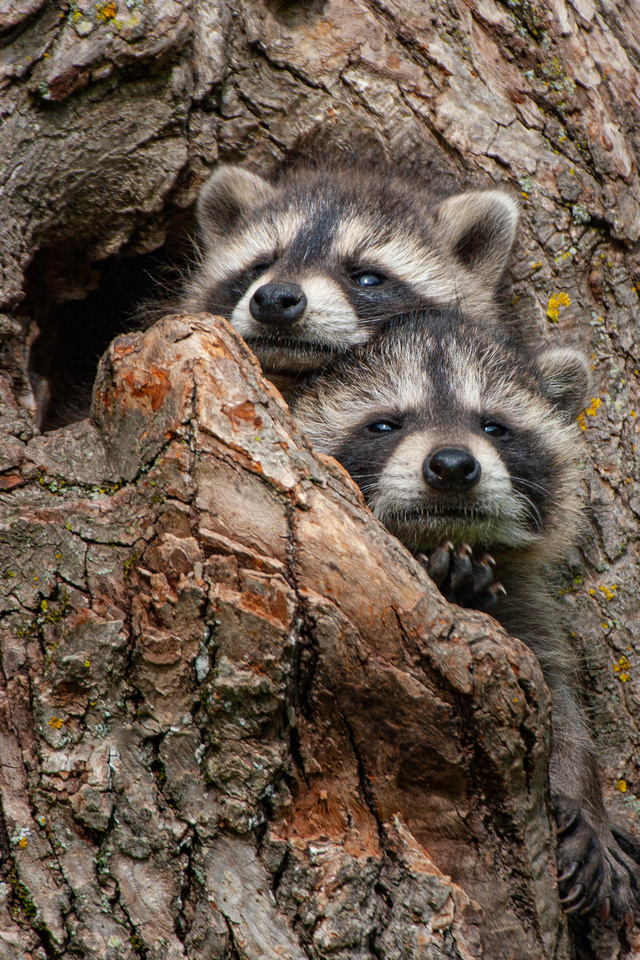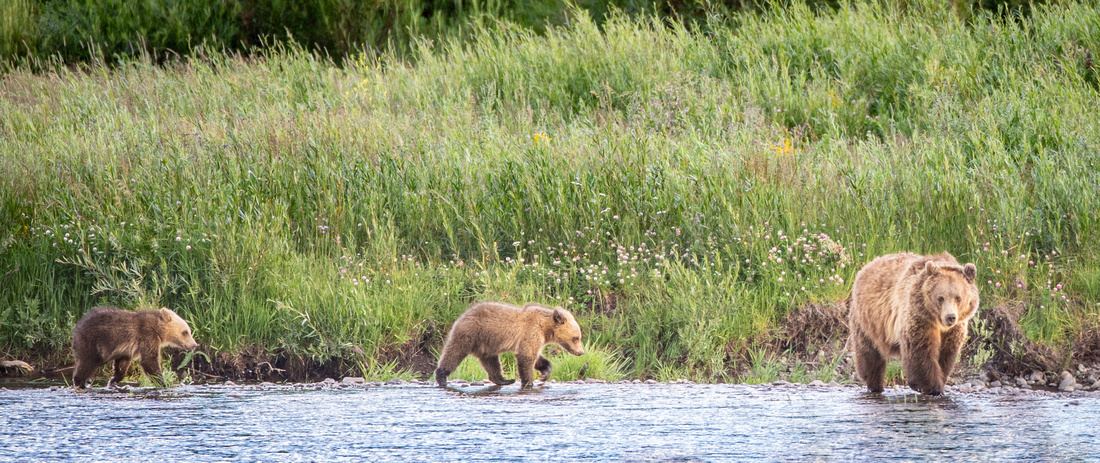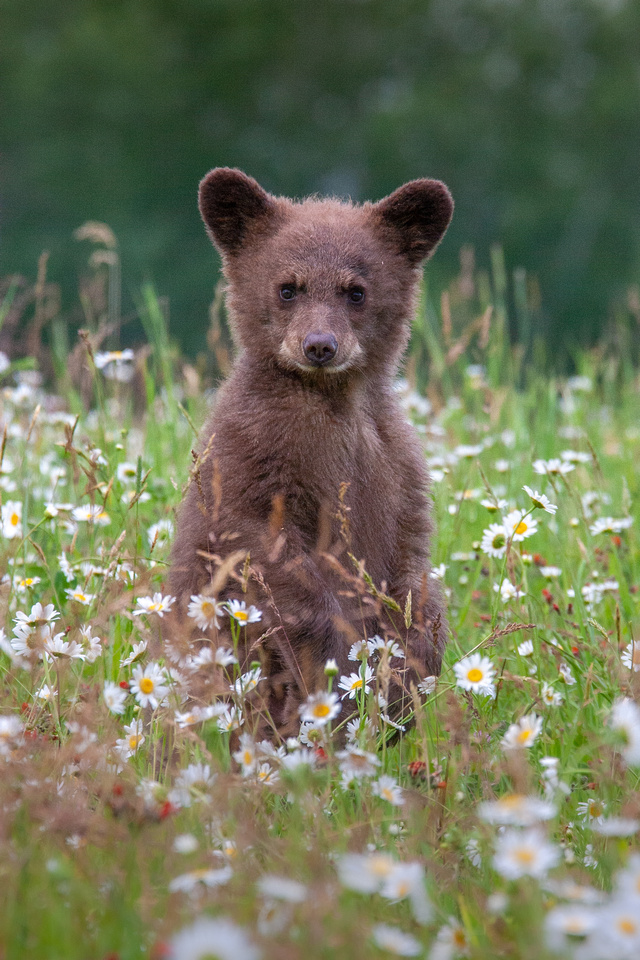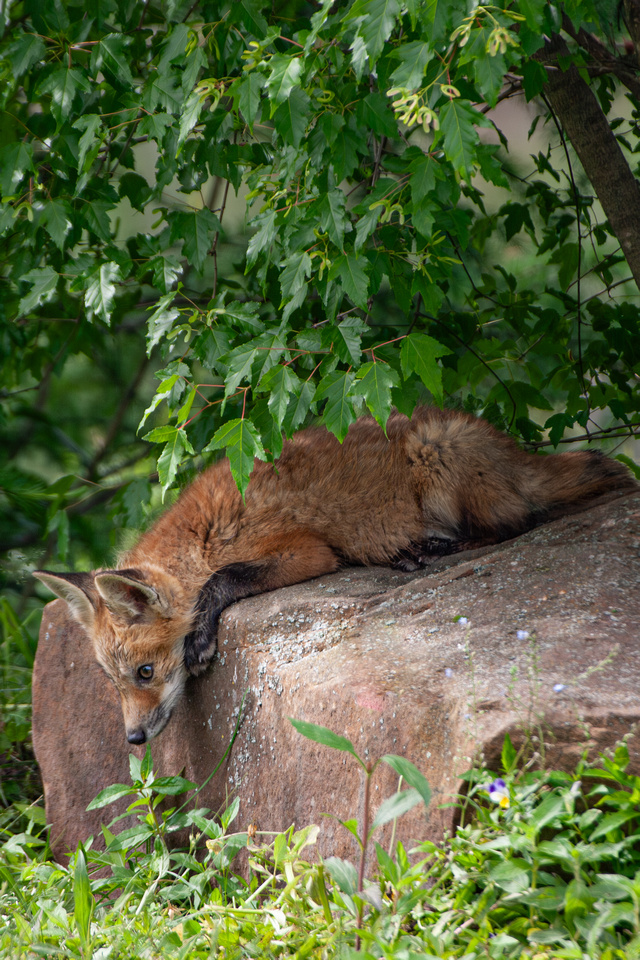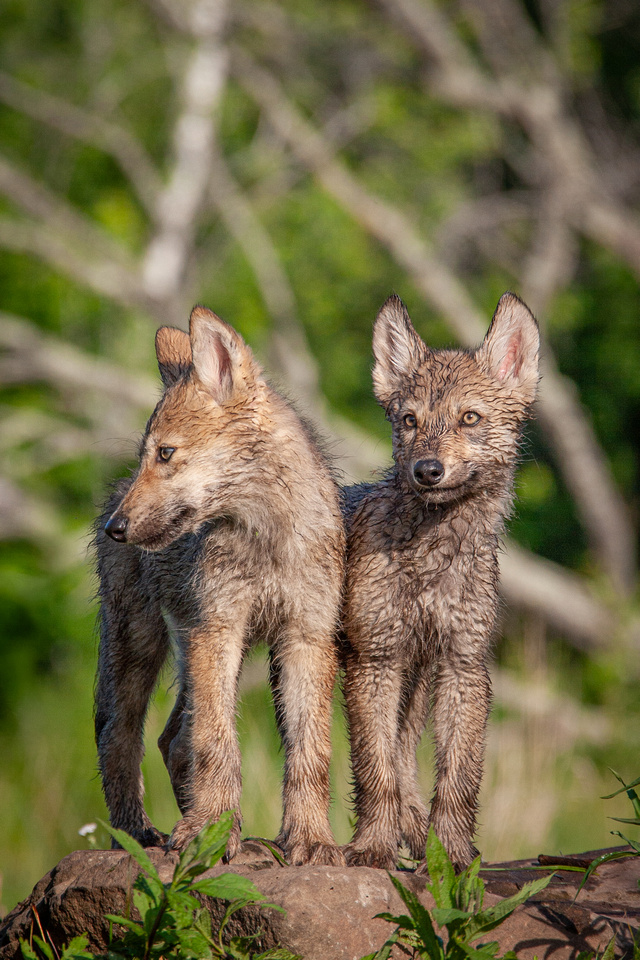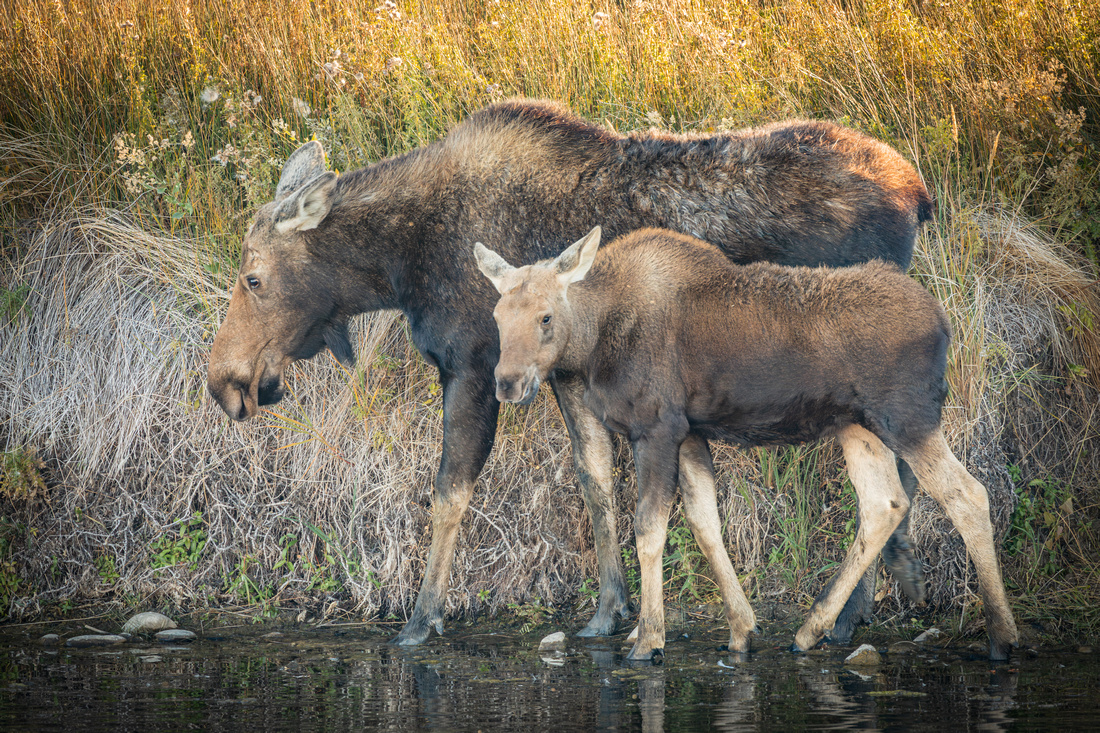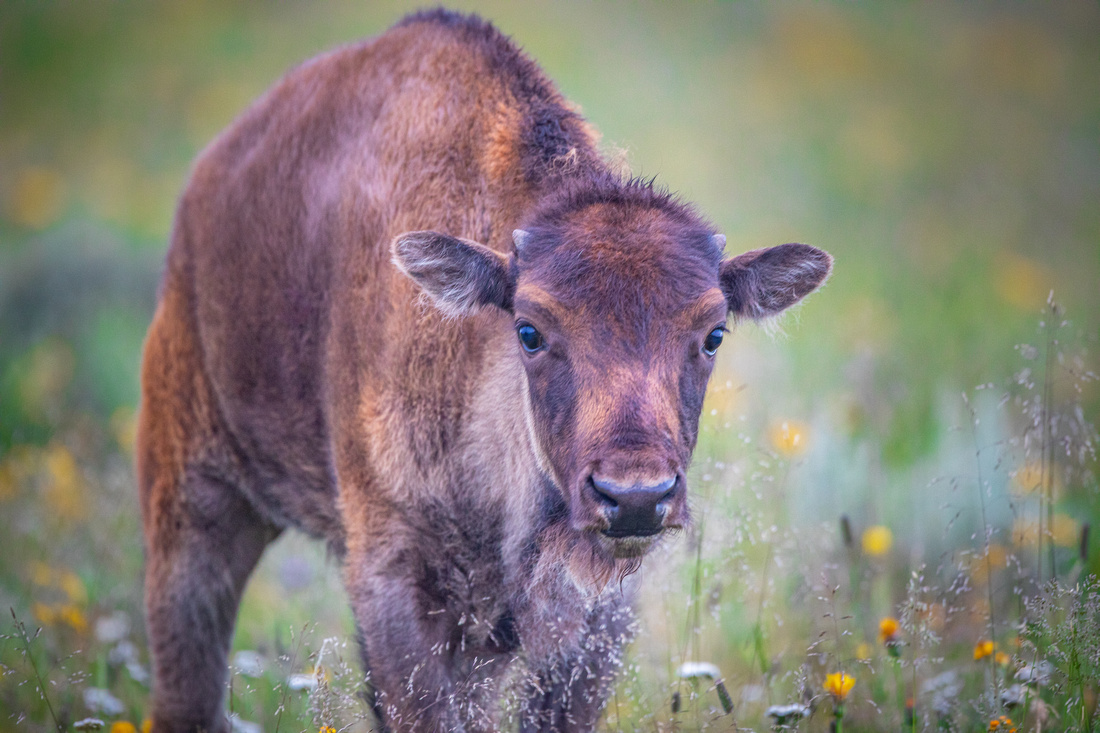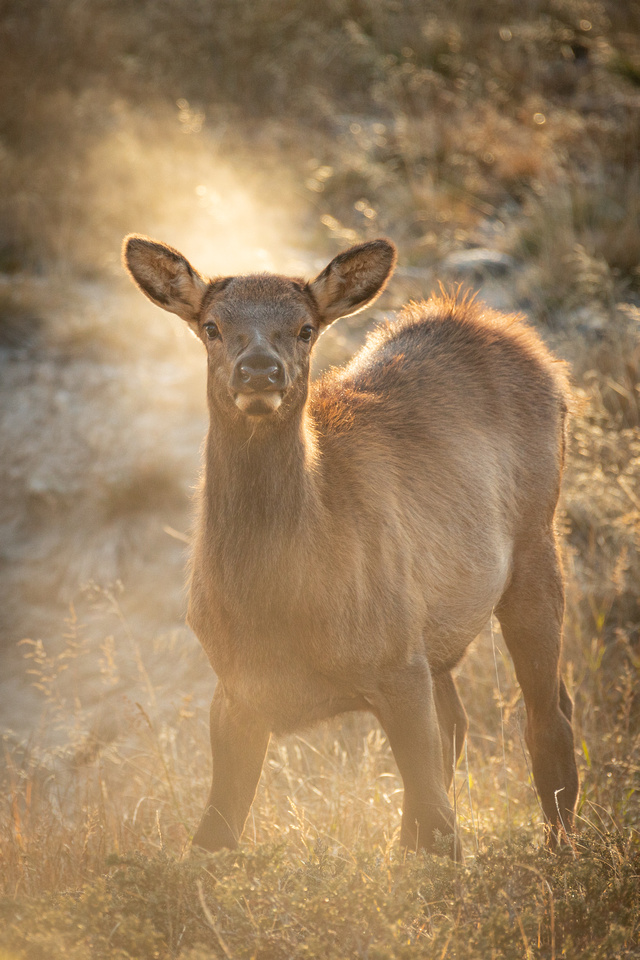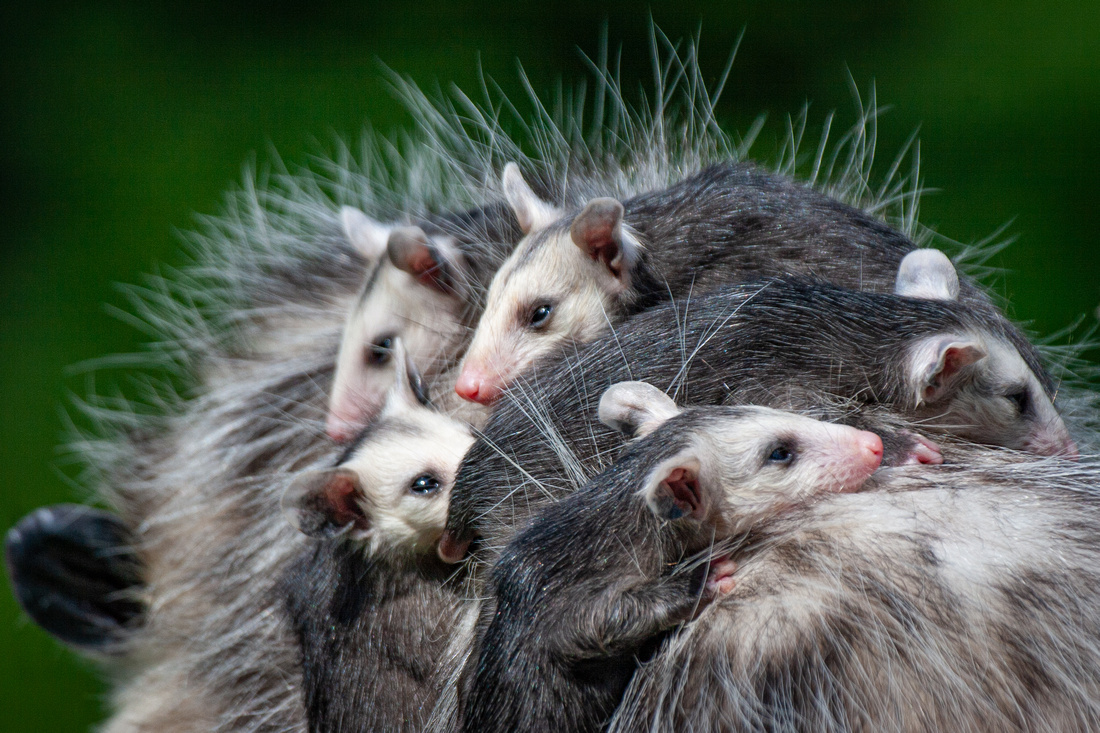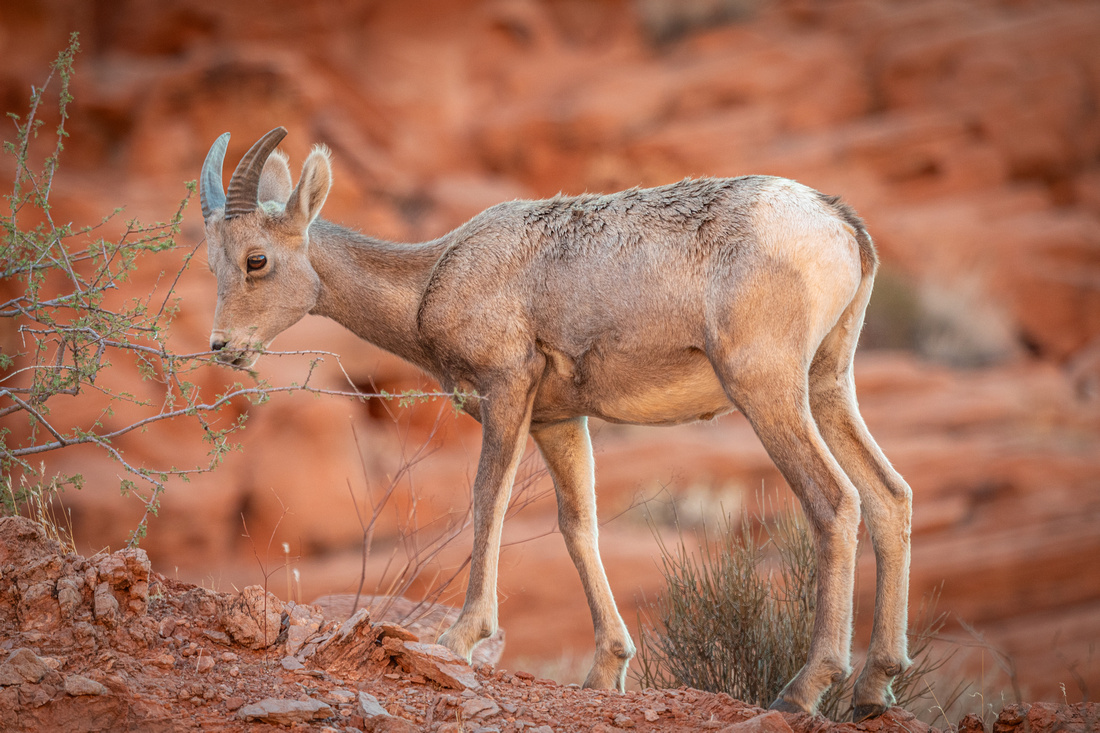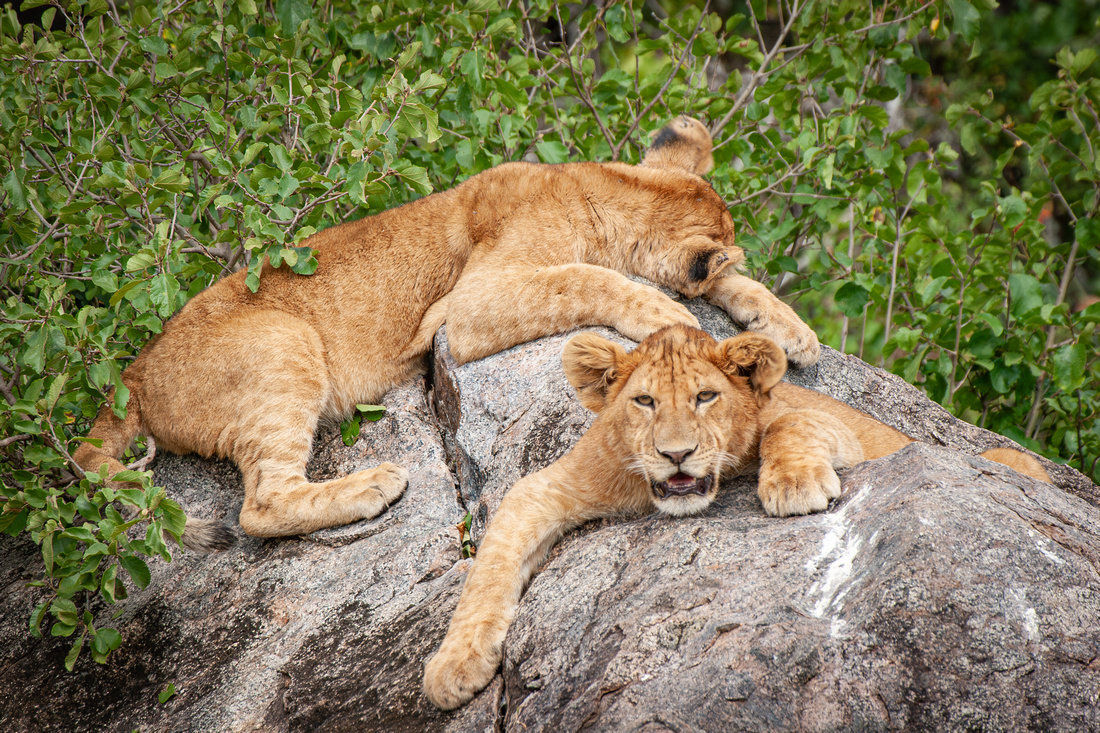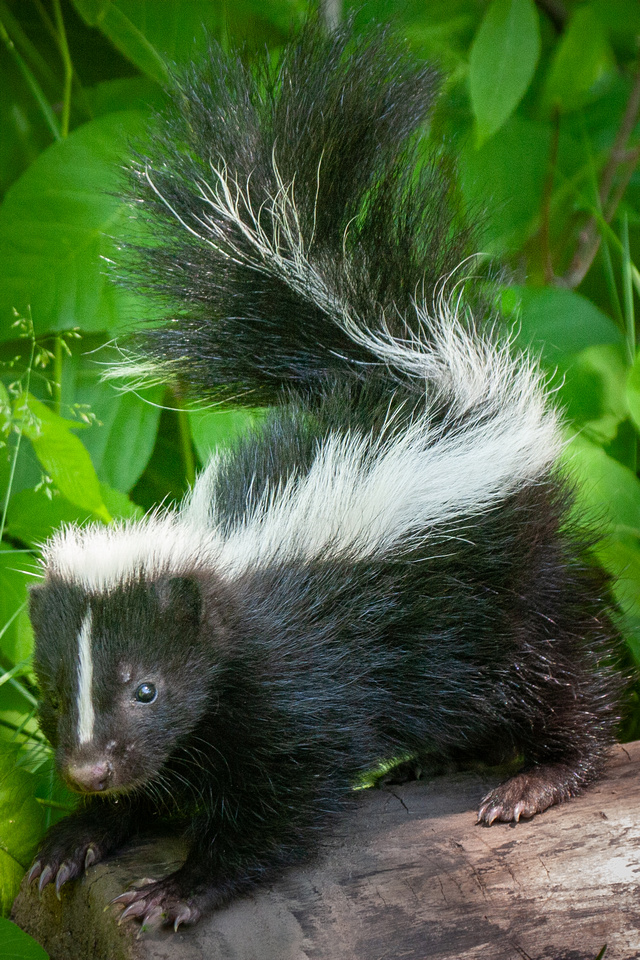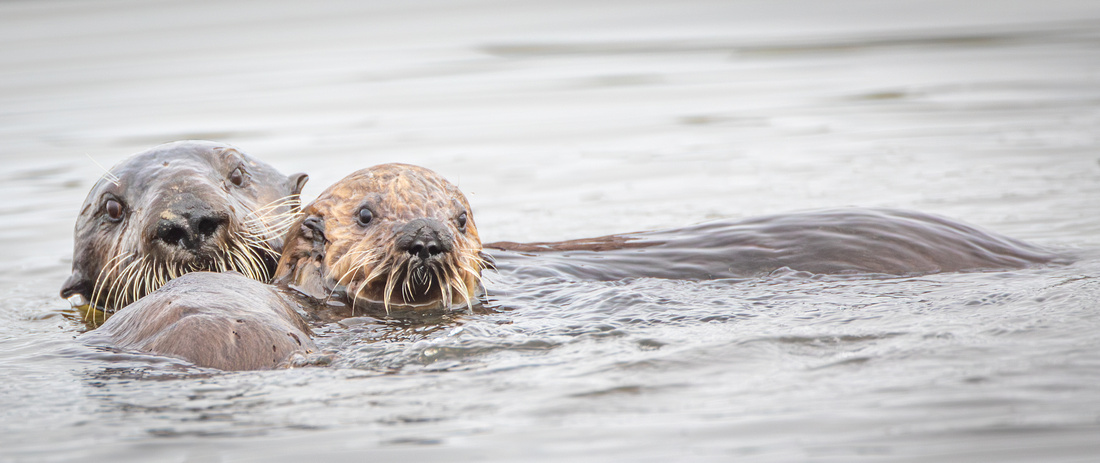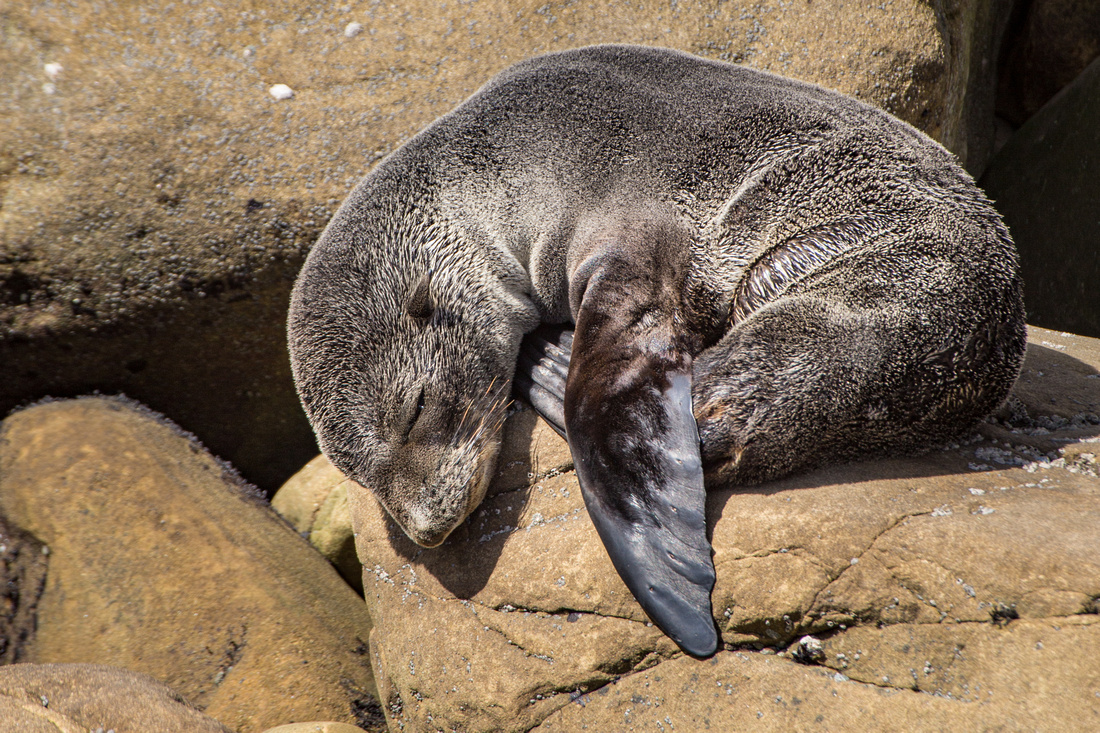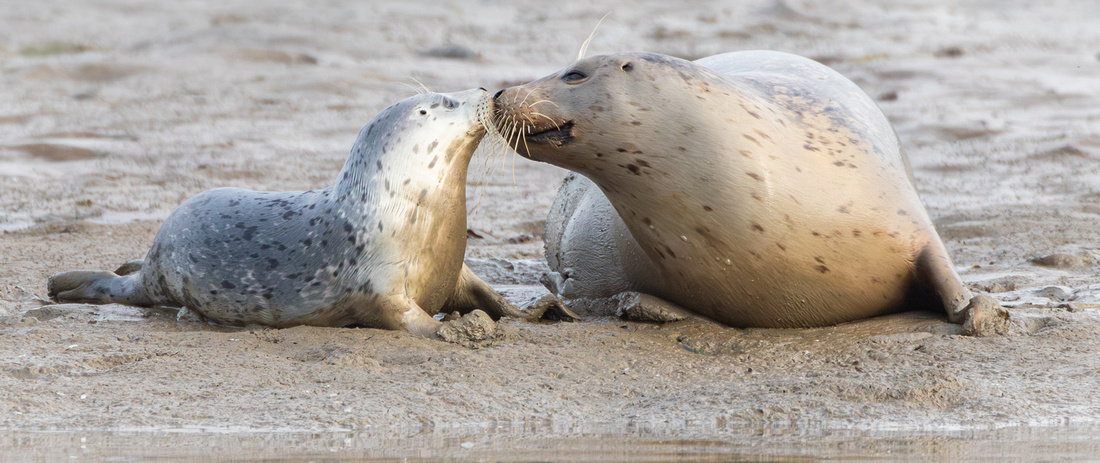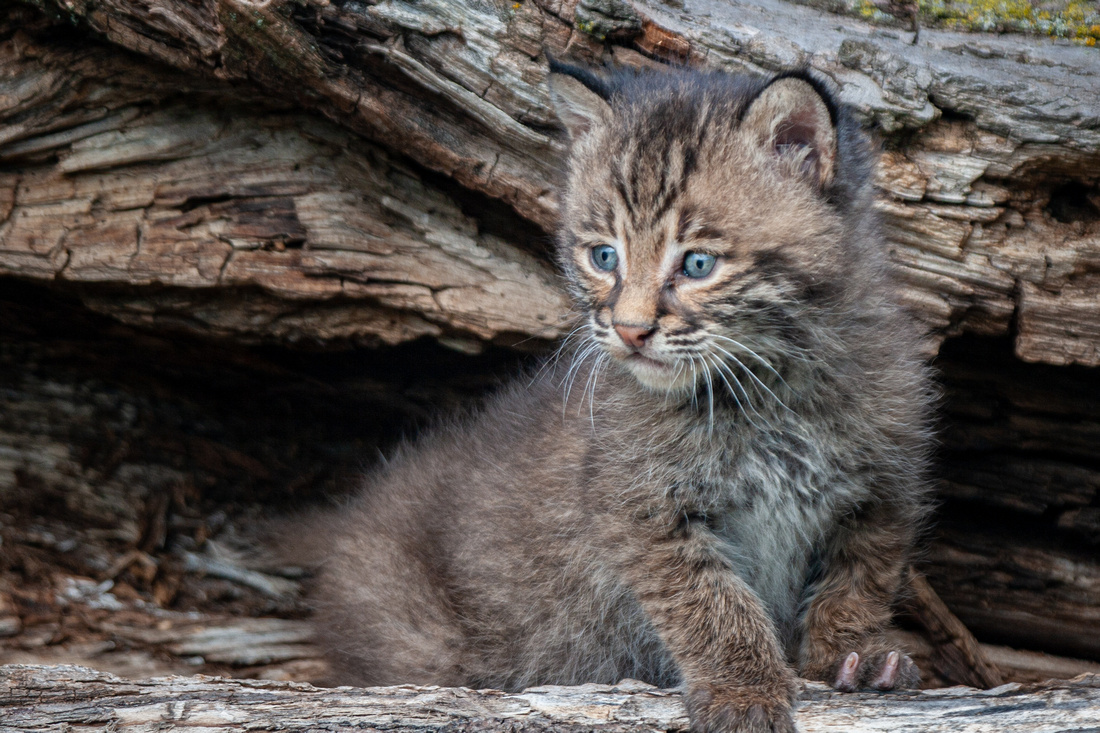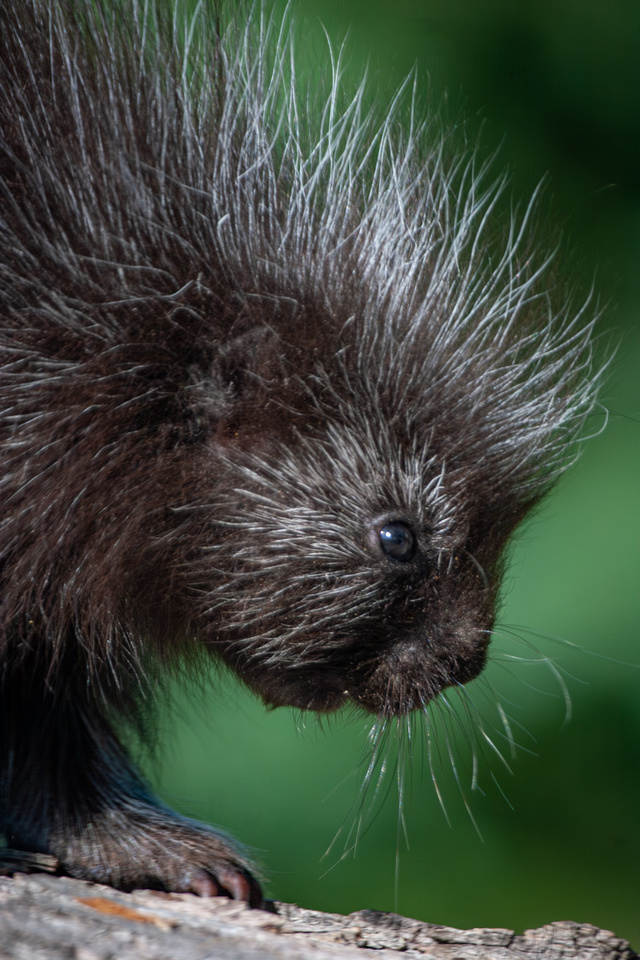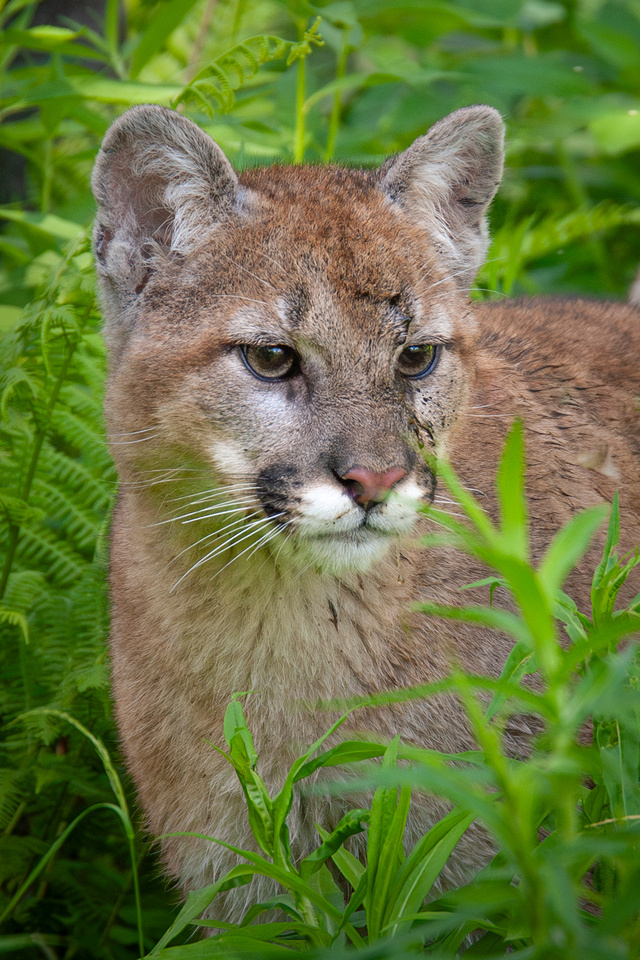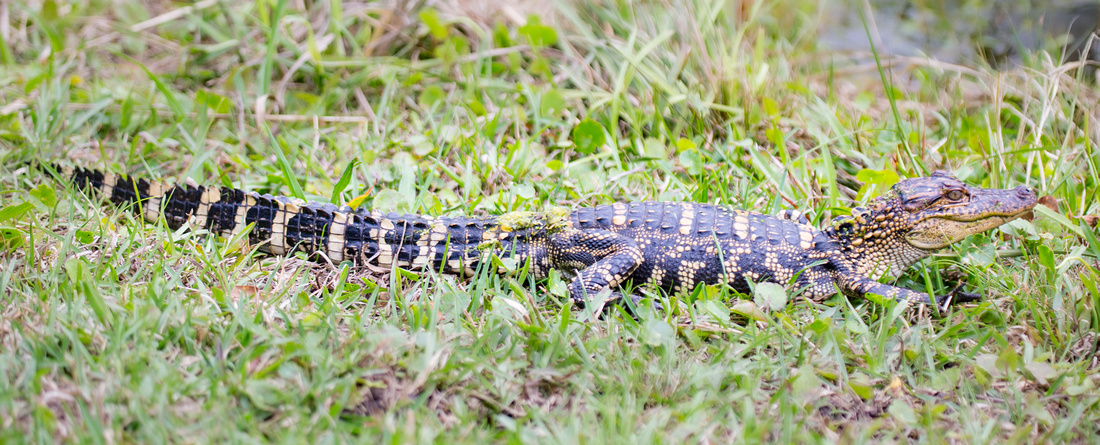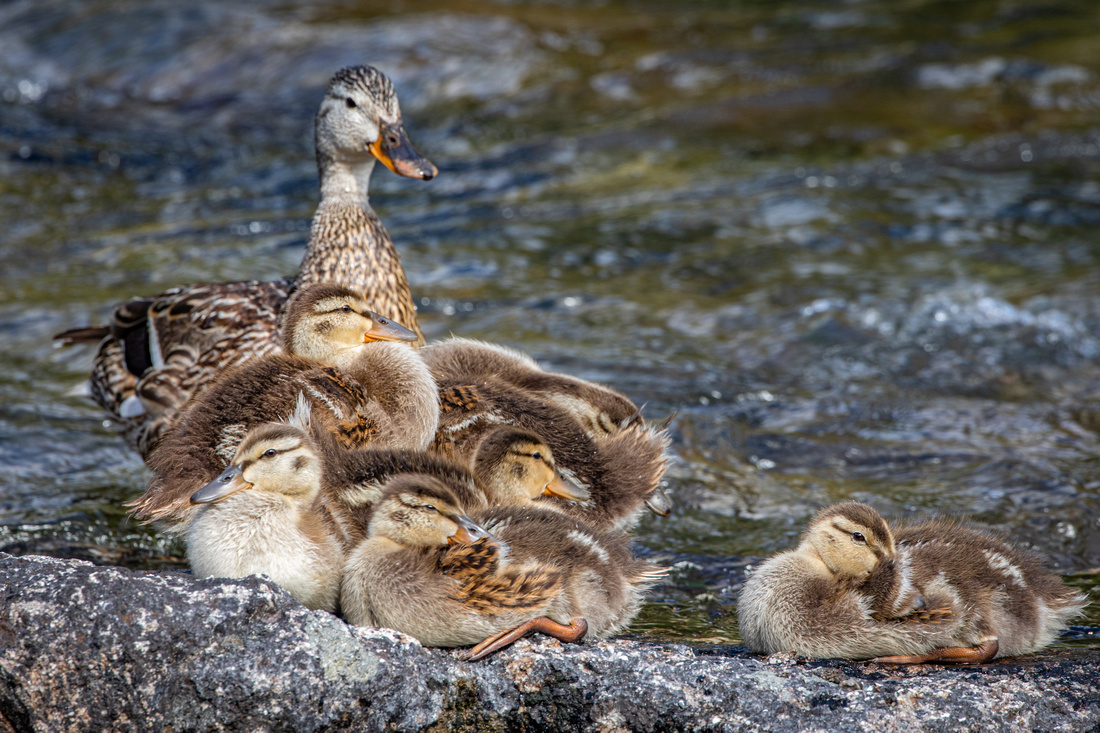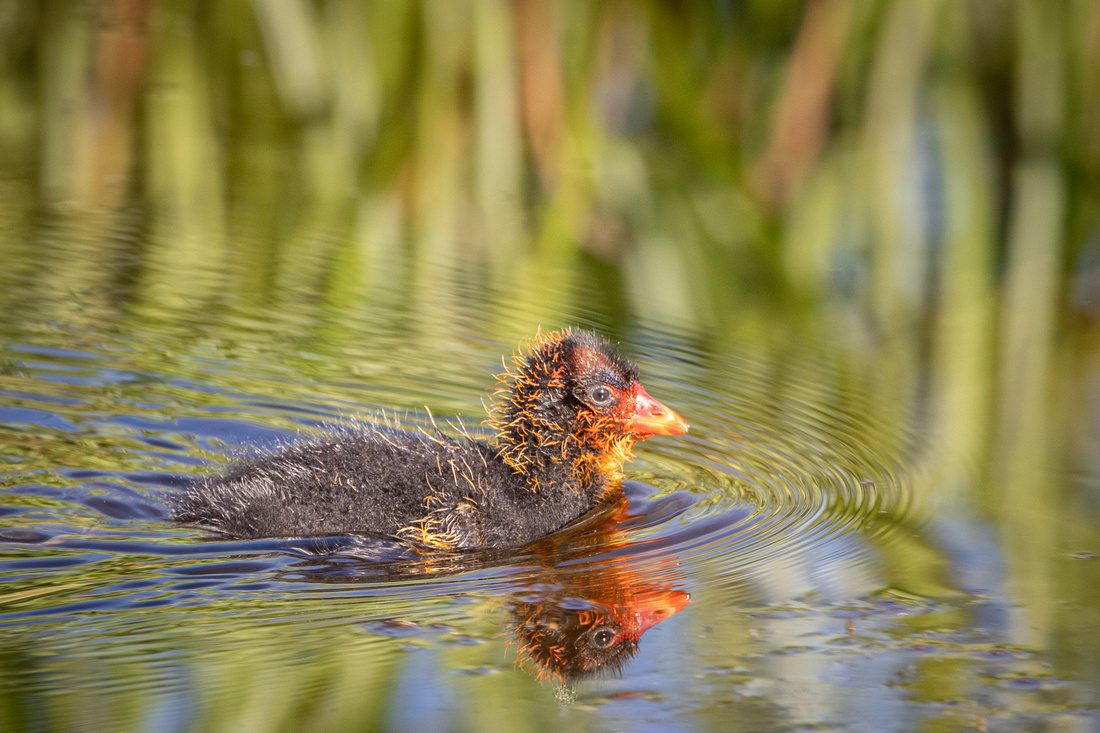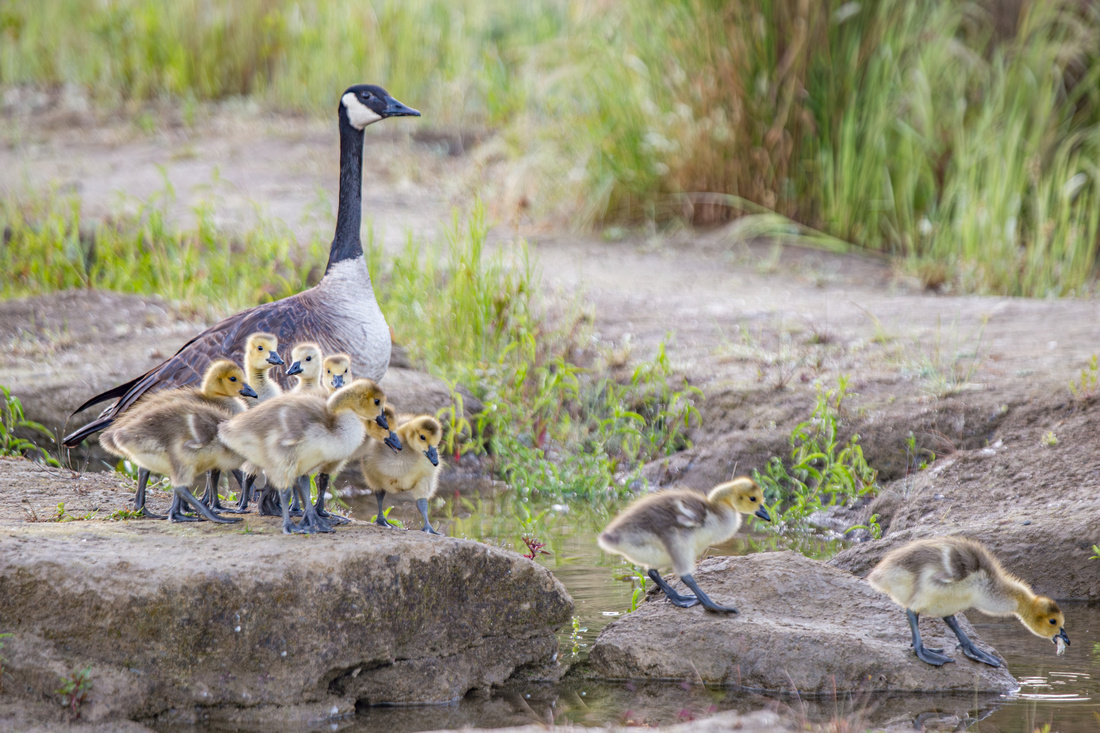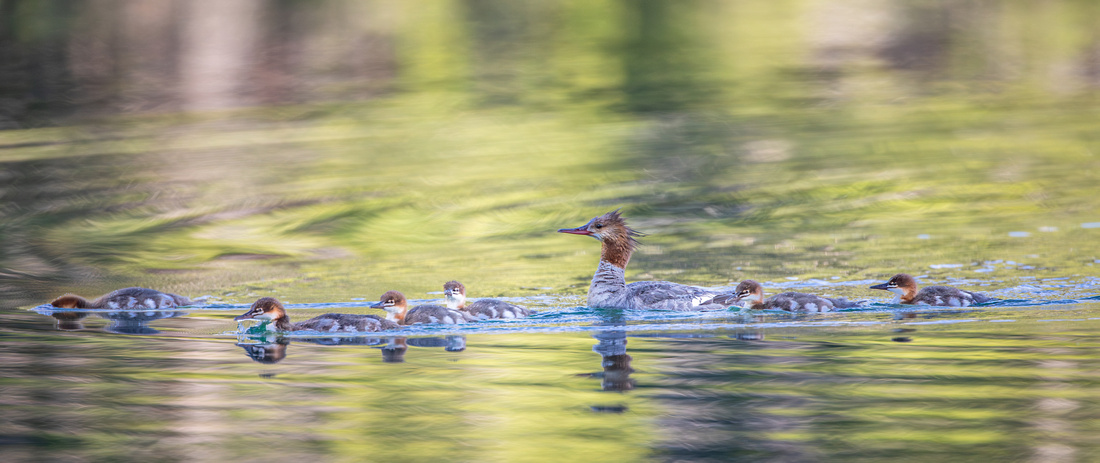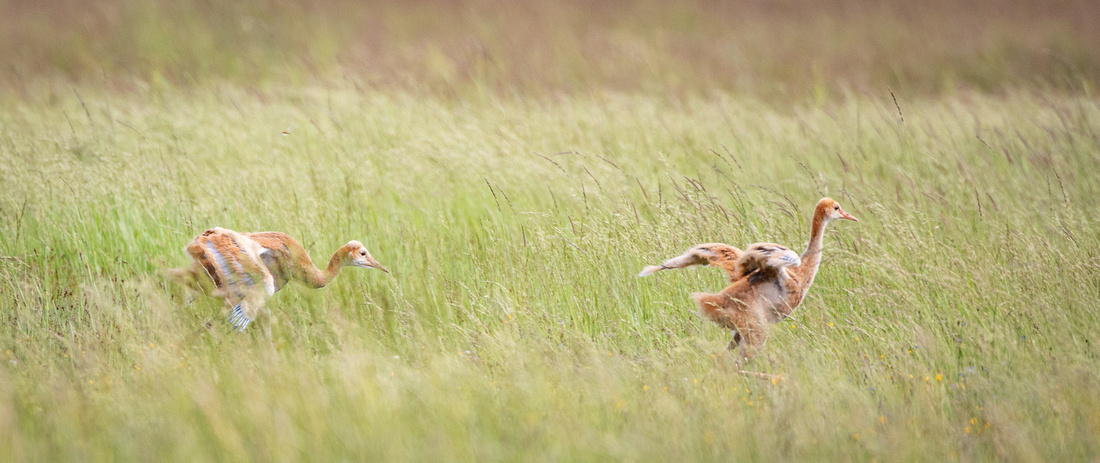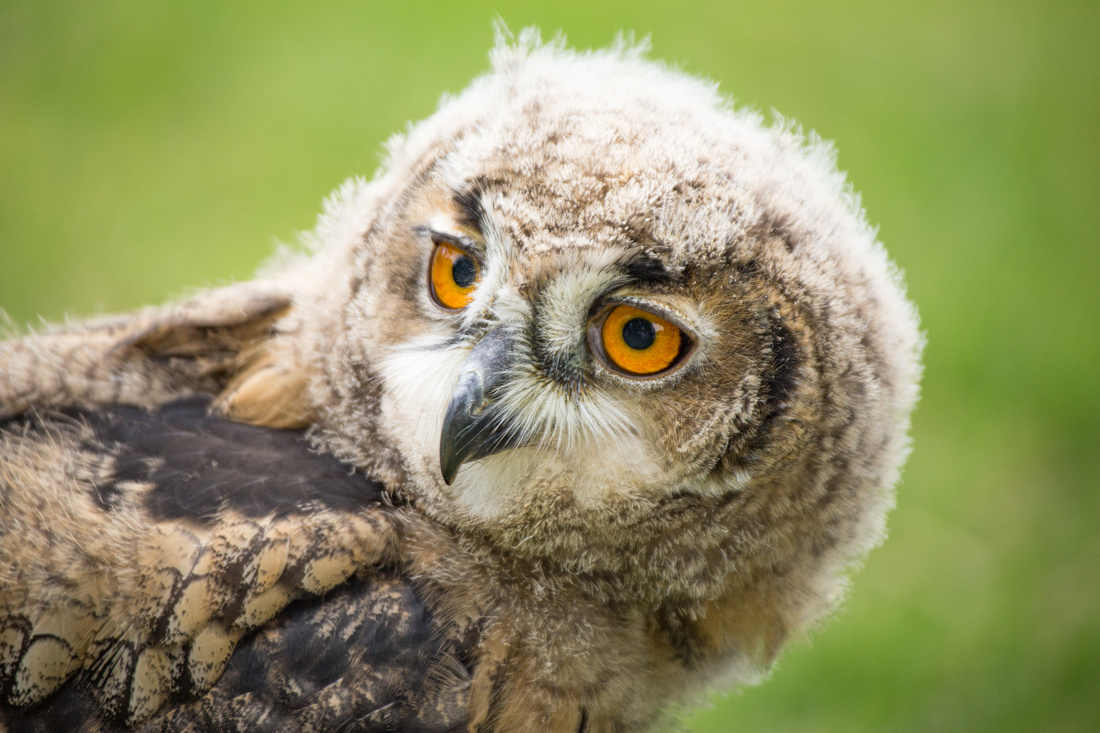Babies of the animal kingdom
Babies of the animal kingdom!
Text and photos by Heather Cline
There aren’t many things in the animal kingdom that bring more joy than cute baby critters! The mere sight of one will often result in an “aaawe” from even the most stoned-faced observer. Their innocence and energy will make you forget about all your worries if only for a few minutes – and that is magic.
Over the years, I have been fortunate to see and photograph many species of wildlife and their youngsters, and every time is like the first time. I thought I would compile some of these images here in hopes of bringing a smile to your face and maybe even eliciting an “aaawe”, “how cute”, or maybe even “that’s so stinking adorable!”
|
Montage of a baby elephant playing in the mud |
Mammals
Raccoon: Baby raccoons are called kits. It takes about 10 weeks for them to start forming their “mask” markings.
Brown (Grizzly) Bear: Baby brown bears are called cubs. Although adult grizzly bears can reach 400 pounds, when born, they are just 1 pound and can fit in the palm of your hand.
Black Bear: Baby black bears are also called cubs. The cubs stay with mom with 1-3 years while she teaches them how to be bears.
Red Fox: Baby foxes are called kits or kittens. Kits are the only member of the canine family that can retract their claws (like cats).
Wolf: Baby wolves are called pups. Pups are typically born with blue eyes that change to golden yellow by 8-16 weeks of age.
Moose: Moose babies are called calves. A newborn moose can run faster than a human at 3 days old, with an average speed of 30 miles per hour.
Bison: Because newborn bison are red in color, their nickname is “red dogs”. In addition to being excellent runners, they are also strong swimmers, often swimming down river alongside their moms.
Elk: Elk babies are called calves. Elk calves are born scentless as a method to hide them from predators.
Deer: Baby deer are called fawns. They spend most of their first weeks alone and in hiding while their moms go in search of food.
Possum: Baby possums are called joeys. At birth, they are so tiny that 10 can fit in a teaspoon.
Bighorn Sheep: Baby bighorns are called lambs. They can walk, run, and leap on steep mountainside cliffs shortly after birth and use this terrain as protection from predators.
Lion: Baby lions are called cubs. A lioness will keep her newborn cubs hidden from other lions for up to 2 months to protect them from intruding male lions and other predators.
Skunk. Baby skunks are called kits. Although skunks are known for their ability to spray a stinky substance to scare off predators the scent glands that are used to discharge the defensive spray aren’t fully developed until the kits are around three months old.
Otter: Baby otters are called pups. Their fur is so dense that they cannot dive below water until they get their adult fur. Moms leave their babies floating on the surface when they dive down to forage for food.
Fur Seal: Baby seals are called pups. Fur seals ware weaned after about 4 months then enter the ocean to forage on their own.
Harbor Seal: Baby harbor seals are also called pups. Mother and seal pups nuzzle constantly to bond and ensure imprinting.
Bobcat: Baby bobcats are called kittens. Moms start to teach the kittens to hunt at 5 months old.
Porcupine: Baby porcupines are Porcupettes. They are born with soft quills that when exposed to air grow stronger every day. Unlike other baby mammals, they don’t nurse on mother’s milk. They are born with their teeth fully formed and start eating vegetation right away.
Mountain Lion: Baby mountain lions are called kittens or cubs. Baby mountain lions are born with spots and bars on their tails that fade as they grow and fully disappear by 2 ½ years of age.
Reptiles
Alligator: Baby alligators are called hatchlings. Baby gators aren’t considered adults until they are 10 years old or about 6 feet long.
Birds
Mallard duck: Baby ducks are called ducklings. They can swim, waddle, feed themselves, and find food right away but it takes about 2 months before they can fly.
American Coot: Baby coots are called chicks. The Chick’s fancy coloring helps parents determine the age of their chicks with younger birds being more brightly colored.
Canada Goose: Baby geese are called goslings. Goslings can dive 30-40 feet underwater at just one day old!
Common Merganser: Baby mergansers are called chicks. They leave the nest within the first day of their life and hunt for their own food. They start with aquatic insects but switch to fish in about 12 days.
Sandhill crane: Baby cranes are called colts. Cranes are known for their specific vocalizations, which they use to communicate with others. Baby cranes have a high-pitched, whistling call, while adult sandhill cranes have a deep, trumpeting call.
Eagle Owl: Baby owls are called owlets. Baby owls tend to sleep with their head down because they cannot yet support the weight of their own head.
I hope that brought a smile to your face! My goal is to use photography to raise awareness of the beauty in the natural world. Wildlife is a big part of that beauty and I hope this post has increased your interest and respect for these exceptional creatures.


